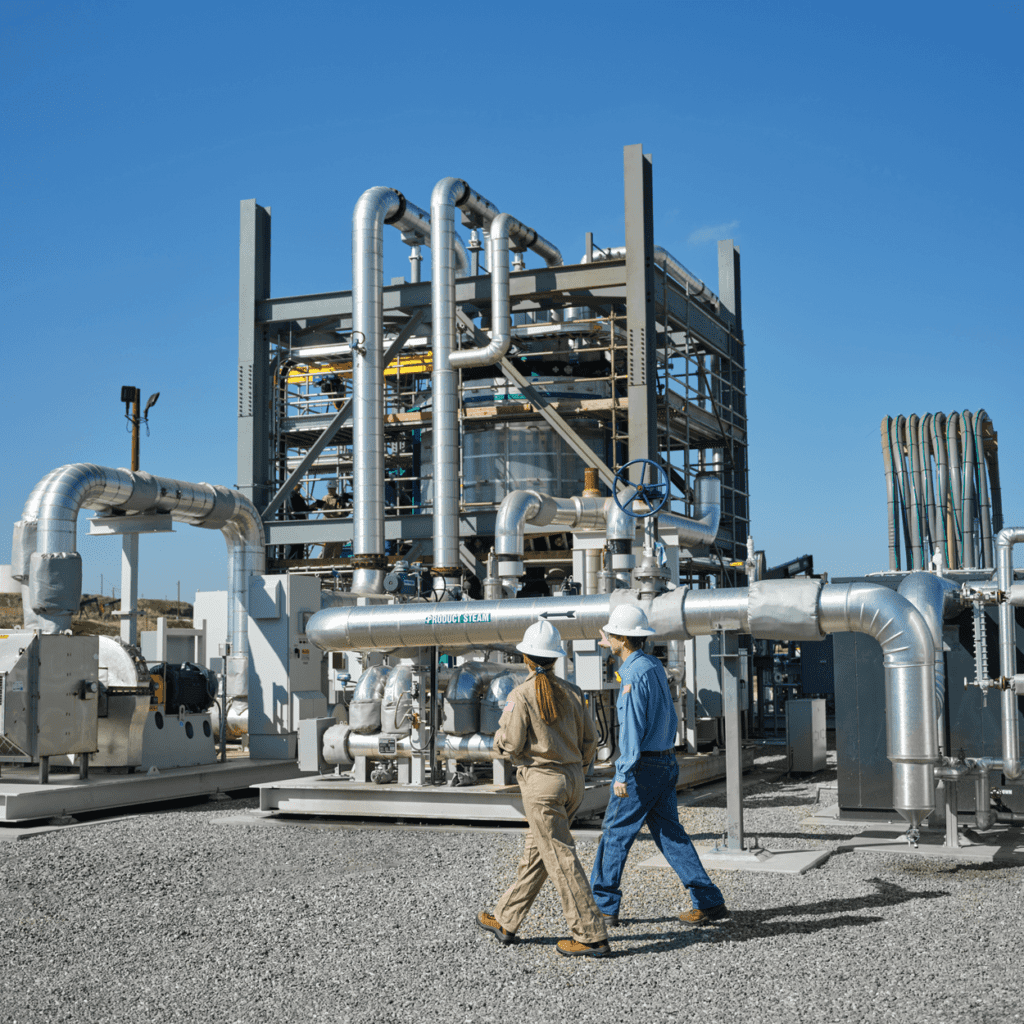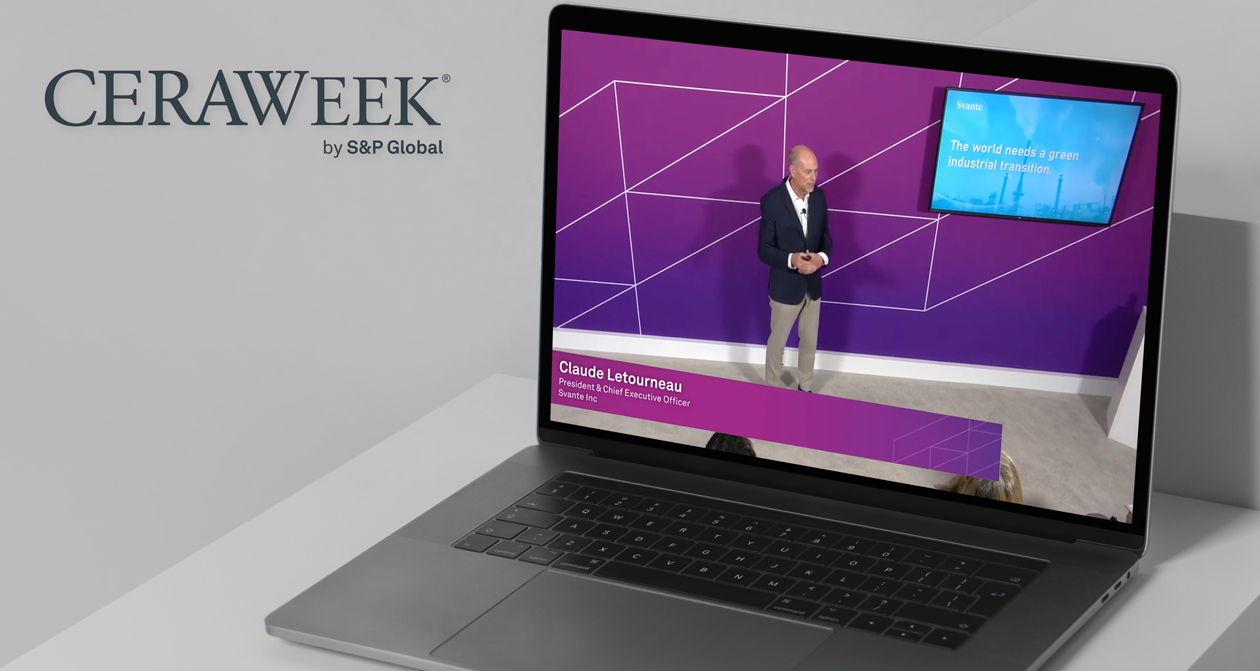Author: Claude Letourneau, President & CEO, Svante
We are at a pivotal moment for reducing the carbon intensity of our economy. The world stands on the brink of missing its goal of mitigating the worst effects of climate change by limiting warming to under 2°C, and alarm is widespread—72% of people around the world worry that climate change will make life extremely hard, and for 45%, it’s becoming personal. At the same time, there is growing consensus for action. In the U.S., 69% favor taking steps to become carbon neutral and prioritize alternative power generation like wind and solar.
To delve further into these attitudes, we recently completed a survey of 1,150 stakeholders from the public and various industries on their views of climate change and carbon-management solutions. The findings illustrate the challenges and opportunities that must be addressed to accelerate our transition to a more sustainable future. These include addressing the economic challenges of decarbonization, building awareness of important concepts such as the carbon intensity of industrial products, and further demonstrating the potential of technological solutions such as carbon capture and removal, use, and storage (CCUS).
Addressing the economic challenge
Despite widespread concerns about climate change, our survey revealed a strong optimistic streak. Only 13% of respondents believe it’s too late to do anything about global warming, whereas 60% disagree with that view.
Yet there is a crucial disconnect on the economic challenge. Nearly two-thirds (63%) of the general public say businesses should adopt technologies and industrial practices to reduce carbon emissions, but only 36% say paying slightly higher prices in exchange is worth it. In short, people prefer that business or government, rather than themselves, bear the cost of lowering the carbon intensity of power (electrons) and products (molecules).
Meanwhile, 19 in 20 decision-makers in sectors such as technology, airlines, automotive, retail, and others are nearly unanimous in their view that innovation and new technologies are essential to effectively addressing carbon emissions rather than banking only on eliminating fossil fuels.
According to our survey, 63% of respondents at chemical companies, 56% of those at power generation and distribution companies, and 53% at airlines say their organizations are currently pursuing some form of decarbonization or carbon management. But adoption is far lower in carbon-intensive industries such as oil and gas, cement, steel, chemicals, and paper and pulp. For instance, only 27% of respondents at oil and gas companies, 24% of cement makers, and 18% of steel manufacturers say they are using carbon-management solutions.
This points to the vast potential market for CCUS. Carbon capture and removal is often portrayed as a nascent or niche technology, but it is already being used today. In fact, since 1972, 40 large-scale carbon capture plants with a capacity of 1 million tons per year have come online—primarily to remove CO2 from raw natural gas to meet the sales specifications and to produce liquefied natural gas—in addition to hundreds of smaller pilot projects in operation to remove CO2 from post-combustion flue gas.
Building fluency in carbon intensity
Our survey also points to an opportunity to build awareness of the concept of carbon intensity versus decarbonization in general. Carbon intensity is a measure of CO2 produced per unit of output. Lowering carbon intensity is an important goal for mitigating climate change and promoting sustainability. While more than three-quarters of people in the general populace are familiar with renewables, energy efficiency, and reforestation, just four in 10 (41%) understand the concept of carbon intensity of products.
Awareness of carbon capture is lower still. Even among members of the general public familiar with carbon management, only 27% say they are knowledgeable about CCUS, and more than one-third (35%) are neutral on its effectiveness. Contrast that with decision-makers in energy, cement, steel and other carbon-intensive industries, where 84% are familiar with CCUS and 85% believe it is effective.
Many sectors have no easy path to electrification because they rely on fossil fuels for industrial heat used in manufacturing processes. Meeting the escalating demand for thermal energy without increasing CO2 emissions means carbon-management approaches such as CCUS and direct air capture (DAC) must be part of the solution for capital-intensive industries with long-lasting infrastructure.
That neutral one-third represents a significant group of people who could potentially be persuaded into supporting CCUS if they had the same knowledge as those on the front lines of the carbon battle. Explaining the unique role that carbon capture can play is thus a necessary first step to eventually winning broad-based policy support for this technology.
Indeed, the survey underscores that knowledge breeds optimism—the more people know about technologies that prevent carbon emissions, the more likely they are to be optimistic about the future. Whereas just 29% of the general populace is optimistic about climate change, that rises to 78% of decision-makers in carbon-intensive industries, namely the very people most familiar with carbon solutions.
Demonstrating CCUS technology
It’s time for CCUS to play a more prominent and immediate role in solving the climate crisis. With advanced second-generation technology, a strong business model, and the ability to scale, these solutions offer promise for industrial sectors.
Svante has developed a proven, patented carbon capture and removal ecosystem to deliver at scale alongside industry-leading partners. In February, Svante and Delek U.S. won a $95 million agreement from the U.S. Department of Energy to support the first commercial pilot of our innovative filter technology, with the aim of capturing 145,000 metric tons of CO2 annually, the equivalent of taking more than 32,000 gas-powered cars off the road.

Additionally, Svante’s filter technology will be used in three DAC facilities developed by Climeworks around the U.S. to pull CO2 directly out of the air. And thanks to a $318 million funding round led by Chevron in 2022 to support our commercial-scale filter manufacturing, we’ll be able to make enough filters to capture millions of tons of CO2 per year across hundreds of large CCUS facilities.
CCUS, already tested and proven across multiple sectors, is ready for further scaling into the industries that make the materials building our modern world. It’s time for governments and businesses to implement an industrial carbon-pricing system based on the carbon intensity of products. It will take education of the public, policy support, and investment and collaboration by stakeholders across society.
Knowledge breeds optimism, and optimism inspires the action that is needed to bring about a sustainable future.
Learn more about the possibilities of Svante’s carbon capture and removal technology.








